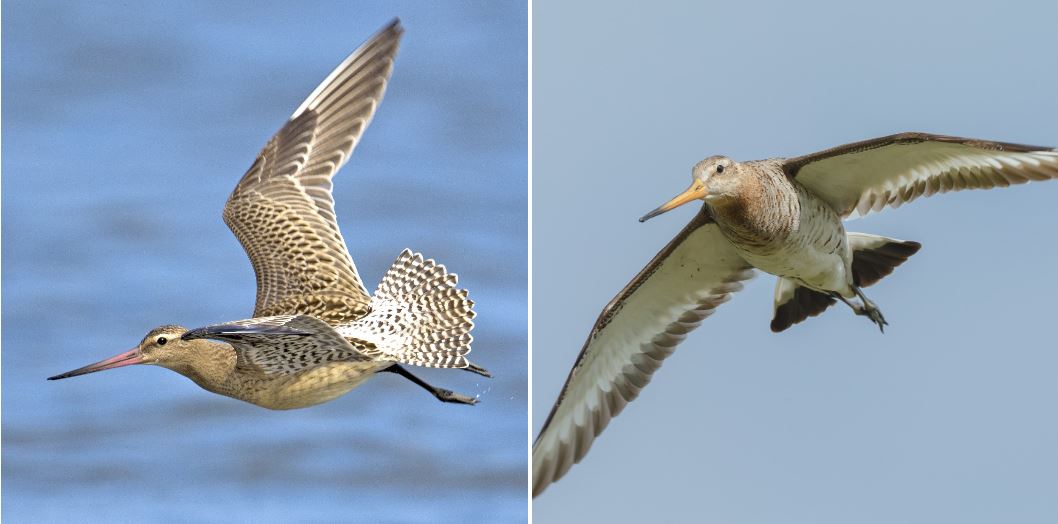- Friday, 22 August 2025
Juvenile bird makes non-stop Alaska-Tasmania flight
Kathmandu, Jan. 18: Bird migration is one of the great miracles of nature. They travel between breeding and wintering grounds, crossing miles over the sea, and escaping the predators.
Recently, a four-month-old bar-tailed godwit, known as B6, set a new world record by completing a non-stop 11-day migration of 13,560 kilometres from Alaska to Tasmania, Australia. This trip represents the longest documented non-stop flight by any bird during migration.
The bird, known only by its satellite tag number 234684, has flown such a long distance without stopping, appearing to set a new world record for marathon flights, said noted ornithologist Dr. Hem Sagar Baral.
The juvenile set off from Alaska on October 13, 2022 and satellite data appeared to show it did not stop during its flight that lasted for 11 days and one hour, he said.
The bar-tailed godwit flew non-stop for such a long distance without touching the ground of Ansons Bay in the northeast of Tasmania, a non-breeding ground.
The bird was tracked using a 5G satellite tag attached to its lower back, said Dr. Baral, who is also the Country Representative of the Zoological Society of London.
The bird, which weighs just 290 to 300 grams, is smaller than house crow, flying such a long distance following the route can be a part of another study: How the four-month-old bird follows the route for the first time after it was bred in Alaska.
Another interesting aspect of this is – before starting the migration from Alaska, the birds start all the preparation by eating sufficient food that will be enough during their migration, Dr. Baral informed.
“They deposit the fat in the skin layer. They might be almost double the body mass just before starting their flight,” he informed. “They go through a process in which the birds keep on eating, called the ‘fattening process’.”
The fat will act as fuel for them and they burn all the fat during their flight. In the end, they become lean and thin, and weak when they land on their migration ground. Again, they will be fine when they start eating.
According to Dr. Baral, to fly the distance between breeding and wintering grounds, birds can shrink their internal organs, such as kidneys, reproductive organs and heart, except for lungs because they need sufficient air. They have flights and down feathers so that they can be protected from cold and produce heat while beating the wind, he added.





-square-thumb.jpg)
-original-thumb.jpg)
-square-thumb.jpg)
-square-thumb.jpg)








